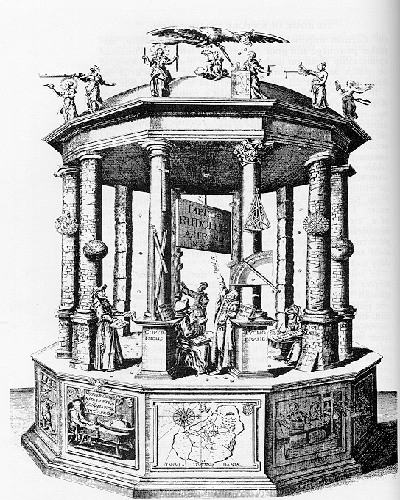About Some of Kepler's Instruments
|
Perhaps the most
important seventeenth-century astronomer, Johannes Kepler's work transformed both our
knowledge of the heavens and the enterprise of astronomy itself.
Kepler adopted Copernican's sun-centered universe as a young man, before using Tycho Brahe's extremely accurate observations to overthrow a tradition of astronomical theorising that extended back to Ptolemy. His argument that the planets followed paths that were not circular but elliptical challenged a millenium of consensus among astronomers. His insistence on trying to trace the real motions of the planets, and their causes, challenged their practices no less radically. Both were the result of years of tedious calculation and relentless determination. Kepler's willingness to endure this drudgery grew from his conviction that the harmony of Creation was essentially geometrical, and sprang from the mind of God. His efforts to articulate that harmony occupied the bulk of his life and produced his most interesting work. |

|